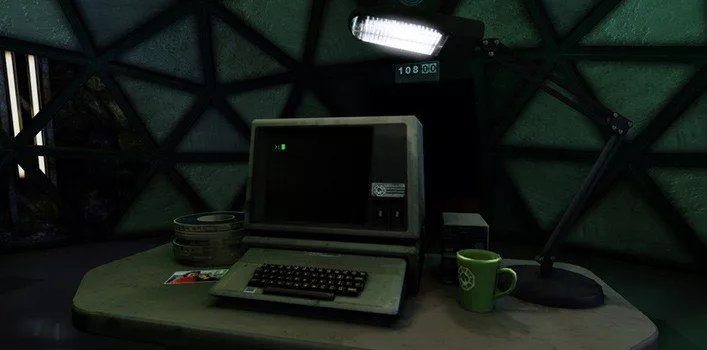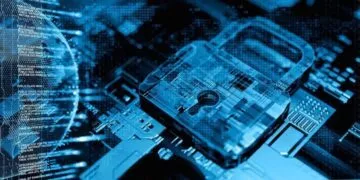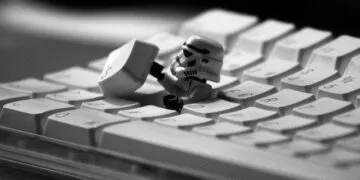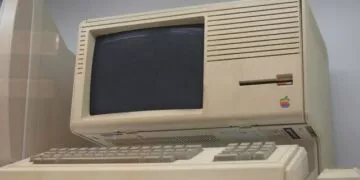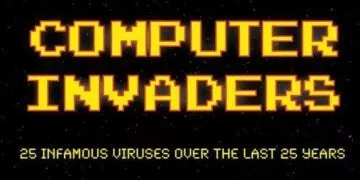These days we take the world of computing for granted, using it in almost every aspect of our lives; emails, streaming, social media, at work and of course for pointless games (I’m looking at you Clash of Clans!).
The question is do we really know where this technology came from?
Do you know who invented the first computer or the first modern computer?
Is there a difference between the two? Well that’s what we’re here to find out.
What Is A Computer?
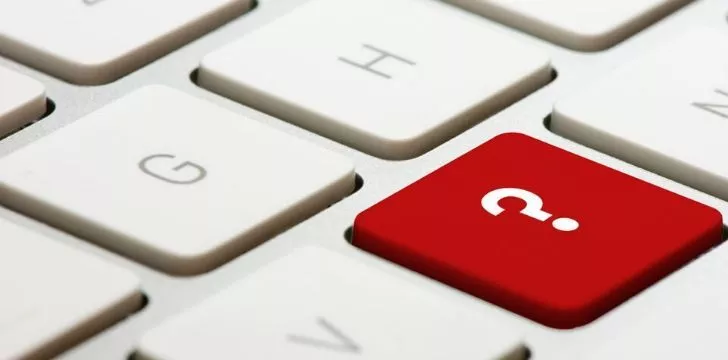
A computer is defined as an electronic device capable of receiving information and performing a sequence of operations predetermined by a program to produce a result as information or signals.
The original computers weren’t anywhere near the likes of the Apple, HP or Dell devices we’re all used to.
They were huge mechanically driven juggernauts utilizing relays, telephone equipment and vacuum tubes.
Most of the original computer concepts were used during World War II.
The most famous being the Bombe created by Alan Turing, used to help decipher German Enigma codes.
Here we’re going to focus on the PC, the version of the computer we all know best, as well as the main developments in technology that affected it.
The PC, or Personal Computer, was a massive leap for technology and it was all due to the development of the first microprocessor which allowed machines to be sold at a much lower cost and effectively made them consumer goods.
The term PC covers a broad range of areas including, desktop, laptop or tablet.
This is nowhere near a complete list but here is a timeline of the significant PCs and technologies.
1977
The first wave of home computers, ‘The Trinity’ as dubbed by Byte Magazine.
These were the TRS-80 selling over 10,000 in the first month which had, hence the name, a Z80 microprocessor.
The Commodore PET used the newly marketed MOS 6502 microprocessor and was quickly beaten by the Apple II due to its high color graphics and it even came with the game “Breakout” on cassette as standard.
All these offered 4KB or 8KB of RAM, utilized BASIC programming language and cassette storage.
1978
The 5 ¼” floppy disc was released, and although there were previous versions, they were too expensive for the PC.
The 5 ¼” was the most common form of PC data storage until the CD’s release.
1981
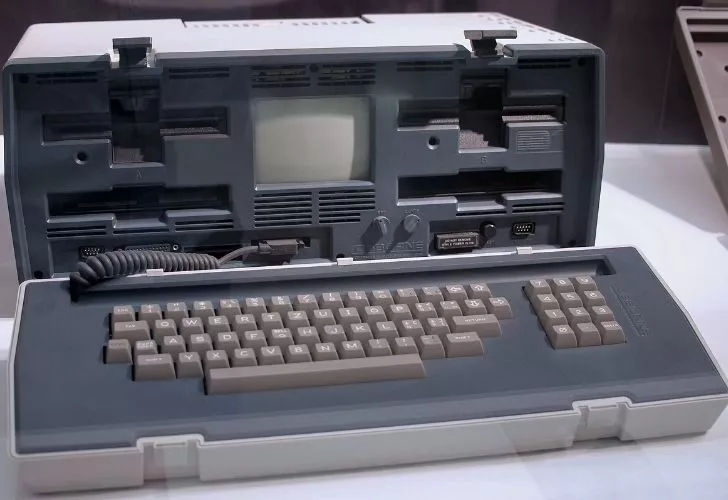
The dawn of the laptop, or portables, begins. In this year, both the Osborne 1 and Epson HX-20 were released.
The Osborne 1 weighed 24 pounds, had no battery and a 5″ CRT screen. The Epson had a 120×32 pixel LCD screen, a small printer and a re-chargeable battery.
The IBM PC 5150 was, to many, the PC they remember as the original. It had dual 5.25″ floppy disk drives, 64KB RAM and successful BIOS, so successful in fact that it led to a group of new companies termed “IBM compatibles”, including Compaq, Dell and HP.
1982
The Commodore 64 was the highest-selling single personal computer ever, with over 20 million sold by 1994.
In 1983 it was selling as many units as every other computer combined due to its low cost and availability in retail stores.
This was also the year the first flip style laptops appeared, including the GRiD Compass 1100 which cost over $8,000 and was used mainly by NASA, the military and other organizations.
1983
This was a big year for touch technology, The Gavilan SC was the first computer advertised as a “laptop” and had the world’s first touch-pad.
The HP-150, the first home computer with touch screen technology, was also released.
It detected finger movements through a built-in grid of infrared beams across the monitor’s front.
However, the sensors collected dust and needed a lot of cleaning.
Touch technology would be a difficult concept to master with many brands releasing their devices, all with their own issues, and many chose to go for the simpler stylus system including Apple with their PDA, the Newton many years later in 1993.
1984
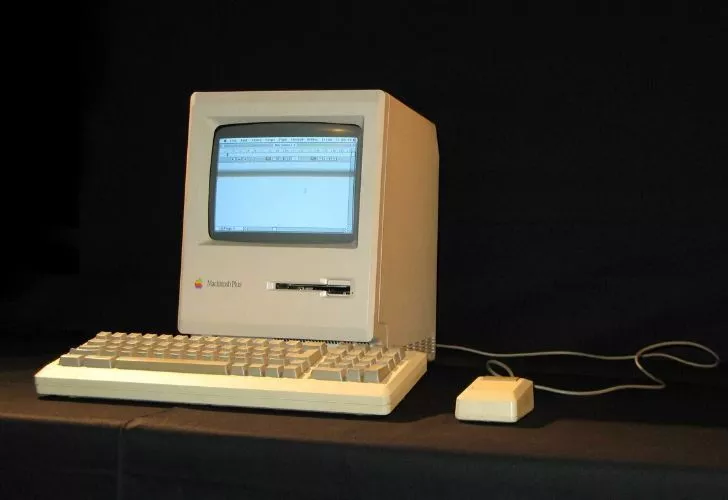
The reign of Apple continued with the Macintosh, giving many their first look at a GUI or Graphical User Interface, a vital part of any modern PC.
Its supreme graphics were a result of the MacPaint program.
In this year, one of the biggest changes came for computing, the CD-ROM, it was a few years until CD-R & RW’s came along but the CD allowed for greater storage and easier data management.
1985
Windows 1.0 was born, giving the GUI interface of the Mac to Windows and stepping away from MS-DOS.
It was quoted by Gates as “unique software designed for the serious PC user” utilizing drop-down menus, icons, scroll bars and information boxes as well as the much loved MS Paint.
1988
The Compaq SLT 286 was released and was the first laptop to use VGA display commercially.
1990
Windows NT was released; another GUI style interface and an improvement on 1.0, sparking legal issues between Microsoft and Apple about the way the software looked and felt.
Tim Berners-Lee also built the World Wide Web in 1990, giving us the first look at the internet as we know it. It included; HTTP – the most important internet protocol, HTML – a web coding language and the first Web browser, web server, and Web pages describing the project.
1994
The Apple Power Macintosh was released; a high-end PC aimed at digital media and graphic designers and thus the bond was established.
Also in this year, Netscape’s browser was born and gave way to a new wave of people accessing the web.
1995
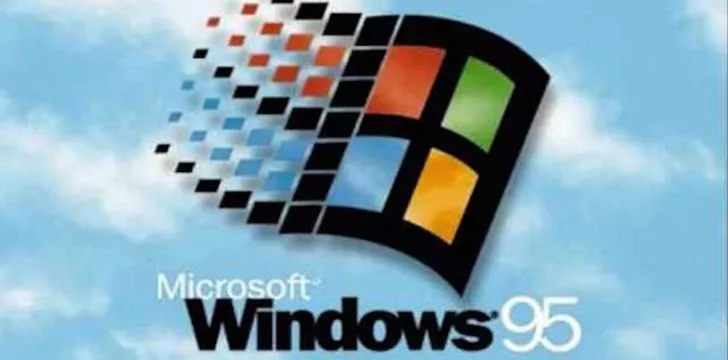
The operating system I remember the most fondly, Windows 95 was launched and, due to its huge success, became the system at the forefront for a long time.
95 was the first Windows OS with built-in internet support, to use the plug and play concept and to feature the iconic start button, taskbar and minimize/maximize and close options.
1998
Google, everyone’s favorite search engine, was created. Google brought for many the developments in web browsing they needed and saw more people using the web.
1999
Apple released its new iBook, the first device to have a Wi-Fi slot for the new industry-standard wireless platform and other brands quickly followed suit.
Wi-Fi drastically improved home computing, allowing connection wherever you were within its range, this meant PCs would soon become common place in bedrooms and studies without the need for a cable.
2000
The first USB flash drives were sold, improving on data management again.
However this wouldn’t be as quick a death for the CD as they were for floppy disks.
2001
The most popular OS of our time, Windows XP, was released.
XP became the standard to which all else aspired, it had numerous versions in its life time and supported the latest in technology including remote desktop, system restore and encrypting file system.
2002
The Microsoft Tablet PC was, as the name suggests, the first real PC style tablet.
It used a stylus based touch-screen and ran Windows XP tablet edition but due to their weight had little success.
This was also the year 1 billion PCs were officially sold.
2004
A game-changing year for home computing. Facebook was launched gaining over 1 billion users to date.
Skype was also released giving a simple and cheaper way of internet communication.
2005
This year saw the death of the much loved IBM as it sold itself to Lenovo.
YouTube was launched in 2005 giving us all infinitely more ways to procrastinate.
2006
This year gave way to Microsoft’s biggest failure, Windows Vista.
Vista was supposed to be a huge success offering Bitlocker drive encryption software for the first time, a more focused media center and a brand new look.
However, it was far from a success with the press and techy’s, myself included, branding it a failure.
It was released prematurely with numerous problems such as its limited amount of compatible drivers.
2007
Asus released the Eee, the first ultra-portable laptop called Netbooks, a term coined by Intel.
The Eee was a huge success due to its small size, low cost and weight. It had a 4GB disk and 7” screen and gave way to a new wave of computing with many other brands releasing their version.
In this year, Estonia gave the world definitive proof of the significance of home computing when it carried out a general election on the internet.
Although not technically home computing, in this year the Apple iPhone was released, and like the tablet saw many people move away from their PCs.
2009
Windows 7, even after all these years and reinventions released, it’s still the option many companies go for.
Windows 7 was built for the wireless age after Microsoft realized the success of laptops and the need to connect on the go.
2010
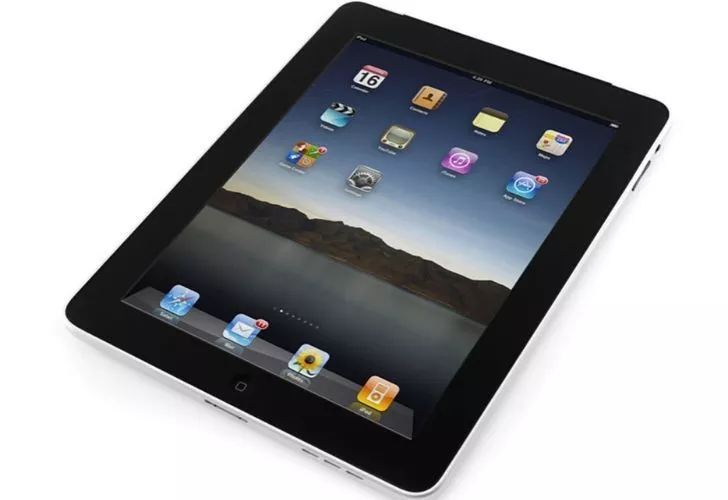
The Apple iPad, the most well-known tablet of all, was born.
With its 9.7” touch-screen display and the hordes of apps available it soon became a huge hit with customers, and competitor Android based devices started flooding the market.
2012
The best of both worlds as it seems, the Microsoft Surface with its detachable keyboard and kickstand allowed you to have the convenience of a tablet with the usability of a laptop.
This was also the era of Windows 8 with its touch-friendly app and tile interface.
Windows 8 was the first real multi-platform software for use with touch devices and traditional PCs. It featured the Windows Store, a marketplace for apps.
Although a great system for touch devices, it seemed to be less successful for the traditional PC, the start button being the biggest complaint.
2013
The Apple MacBook used the revolutionizing Retina display technology which had 400 pixels-per-inch and was crowned one of the slimmest laptops around.
2015
Windows 10 was released, a free to upgrade OS seeing 75 million devices running 10 in the first month.
Microsoft have definitely pushed the boundaries and improved the system significantly, offering a voice system similar to Apple’s Siri called Cortana, and the return of the start bar meant many sceptics are more than happy to fall for Microsoft once again.
In Conclusion
So there we go, the first computers were nothing more than glorified mechanical machines built mainly for war-games.
“The Trinity” was the first leap forward, especially for Apple, establishing the home PC and leading the way for the likes of the Commodore 64 and the Apple Macintosh, which made the PC more affordable and introducing new concepts like a GUI to the desktop world.
The creation of laptops seemed to spell the end of the home PC, users loved the portability of these devices compared to the bulky desktop, and the tablet with its touch technology and size was the final nail in the coffin for most customers.
Every concept, from the floppy disk to the flash drive, Windows 1.0 to 10, the Apple II to the Asus Eee, revolutionized the way we use the PC and home computing in general.
There will always be a want for the new, the fast, the easy and the different and I personally can’t wait to see what the future holds.
In 2009, laptops officially outsold desktop PCs and in 2013 tablets outsold both desktop PCs and laptops, reaching over 200 million more units by 2016.
So whatever device you’re reading this on, remember where it came from, the originals, all pushing the boundaries of what we know as the PC.
